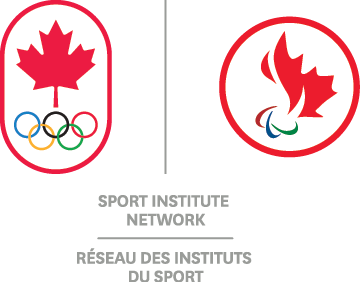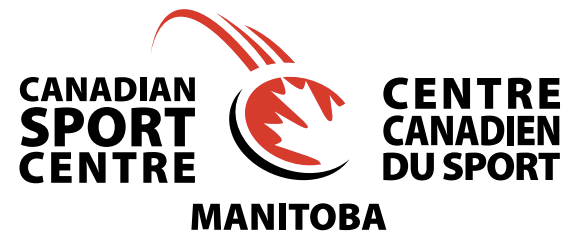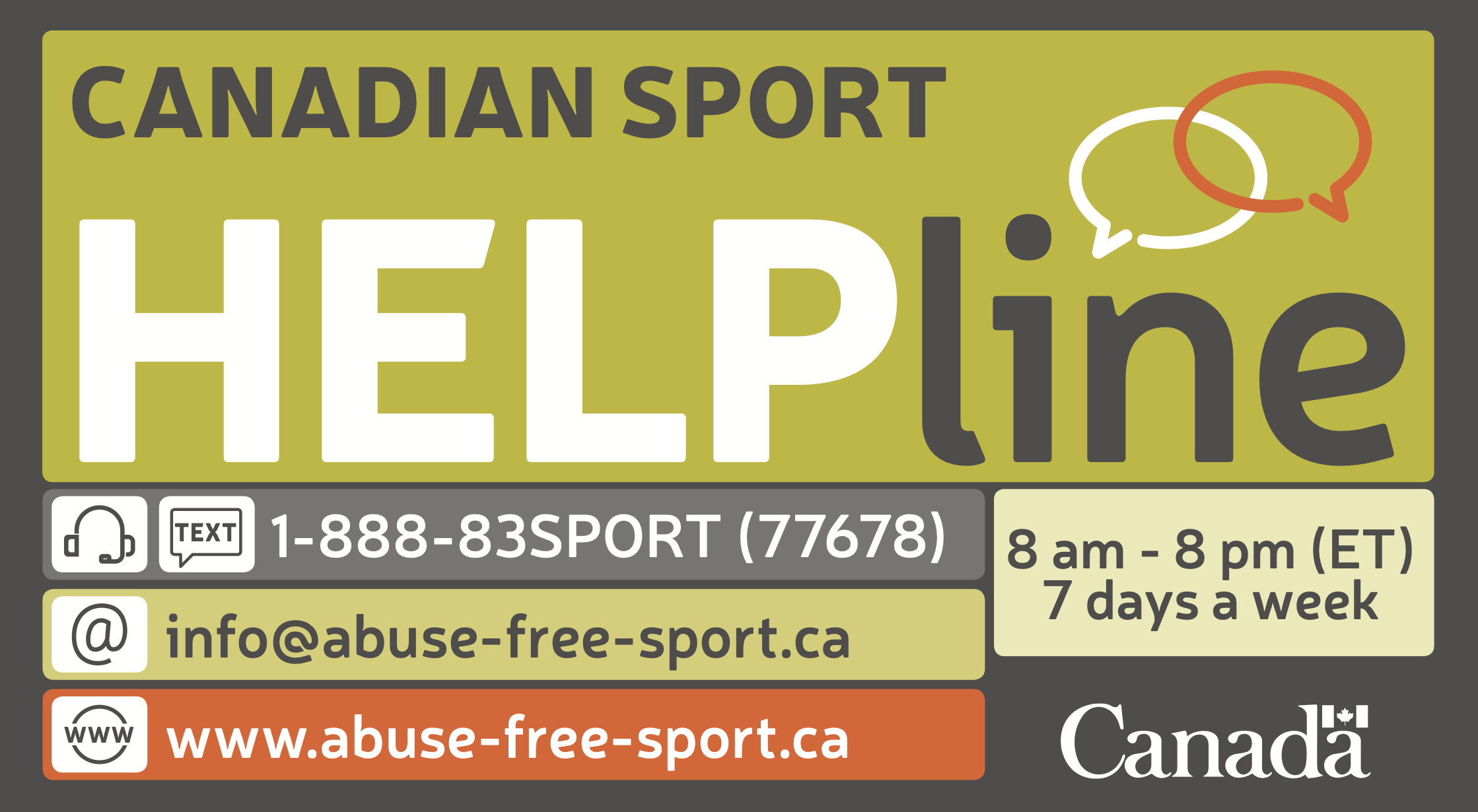Week 6: Myths, Biases, and Stereotypes
What biases or stereotypes do you hold about others? Take the time to explore the possible biases you hold both in and out of the sport context so that you can be more prepared to address them and make sport a safer space for everyone.
Outlined below are a few observations of racism permeating societal attitudes in Canada and elsewhere, including in broader society and within sport. As we recognize such tendencies, how can we work to address it within our sport settings?
“In PE, despite the formal anti-racism and multiculturalism policies that are currently in place, it seems that narrow and stereotypical views of Chinese masculinities still circulate at an informal level and are reflected and experienced subtly in a variety of everyday practices, including school sports’ teams” (Millington et al., 2008, p. 206).
“Chinese-Canadian men, who made up the great majority of those who initially travelled the Pacific, were subjected to derogatory stereotypes that labelled them as weak and effeminate, and, despite their untiring labour efforts on projects such as the Canadian Pacific Railway, as unfit for the daily grind of ‘masculine’ work” (Millington et al., 2008, p. 207).
A Filipino participant in a study conducted in Australia noted that many young Filipinos are perceived as threatening and therefore not allowed into some establishments. The same participant also noted that peers at school would try to start fights with him, “… assuming that Asian males are weak and ‘do not fight back’” (Aquino, 2015, p. 170).
Research from Australia noted a lot of opinions suggesting that Aboriginal Australian athletes are innately geared toward physical- as opposed to intellectual sporting roles (Apoifis et al., 2018). Similarly, Ontario University Athletics (2021) has brought to light the myth of lower intelligence among Black student athletes compared to their White counterparts. Further, the OUA (2021) has drawn attention to the misinformed belief that “Black athletes have endured more emotional hardships and are more resilient, physically strong, and psychologically tough than other athletes” (p. 37). As opposed to uncritically accepting such statements, we should look carefully at the implications of their acceptance.
For example, racist stereotypes have facilitated the typecasting of Aboriginal Australian athletes into sport positions that are considered more physical than intellectual, and similar typecasting has been seen in North America (Valentine, 2012), where Indigenous hockey players have been disproportionately stacked into “enforcer” roles within the National Hockey League.
As well, not only do racist stereotypes perpetuate the typecasting of racialized athletes into sport roles, they also act as additional barriers to careers in sport leadership positions, thereby having negative effects on further career development. For example, Apoifis et al. (2018) noted that stereotypes of Aboriginal Australian athletes as merely physical specimens as opposed to intellectual leaders is a contributor to the exclusion of Aboriginal people in coaching roles.
Therefore, it is important to remember that if we view racialized athletes “primarily in terms of their bodies and their biology, it becomes difficult to recognize other talents, capabilities and goals they may possess” (Apoifis et al., 2018, p. 855).
After all, we know that “… comparing élite athletes of different races tells you very little about the races themselves” (Gladwell, 2015, p. 66).
Some Action Steps for Change:
- Be honest with yourself and check to see what biases you hold (remember, everyone has biases) both in general and in sport.
- Ask others within your sport context to do the same self-exploration.
- Discuss any identified biases with others in your sport context and identify ways to address them.
- If necessary, approach your sport governing body to help identify experts in the field of equity, diversity, and inclusion (EDI) to help carry your team or sport group through the process of self-exploration in relation to biases.
- If you see any biases being promoted in your sport context, take a stand against it.
- Remember that we all make mistakes in our journeys to be more inclusive. Set a good example by taking accountability for your mistakes and working to improve.
References
Apoifis, N., Marlin, D., & Bennie, A. (2018). Noble athlete, savage coach: How racialised representations of
Aboriginal athletes impede professional sport coaching opportunities for Aboriginal Australians. International review for the sociology of sport, 53(7), 854-868. https://doi-org.uml.idm.oclc.org/10.1177/1012690216686337
Aquino, K. (2015) More than a game: Embodied everyday anti-racism among young Filipino-Australian Street
Ballers. Journal of Intercultural Studies, 36(2), 166-183, https://doi.org/10.1080/07256868.2015.1008430
Gladwell, M. (2015). The sports taboo: Why Blacks are like boys and Whites are like girls. In D. Karen & R. E.
Washington (Eds.), Sociological perspectives on sport: The games outside the games (pp. 63-69). Routledge.
Millington, B., Vertinsky, P., Boyle, E., & Wilson, B. (2008). Making Chinese-Canadian masculinities in
Vancouver’s physical education curriculum. Sport, Education and Society, 13(2), 195-214, https://doi.org/10.1080/13573320801957095
Ontario University Athletics. (2021, October). Are we one?: The Ontario university athletics anti-racism
report. OUA. https://oua.ca/documents/2021/10/25/OUA_Anti_Racism_Report.pdf
Valentine, J. (2012). New racism and old stereotypes in the National Hockey League: The “stacking” of Aboriginal
players into the role of enforcer. In J. Joseph, S. Darnell, & Y. Nakamura (Eds.), Race and sport in Canada: Intersecting inequalities (pp. 107-135). Canadian Scholars’ Press.


